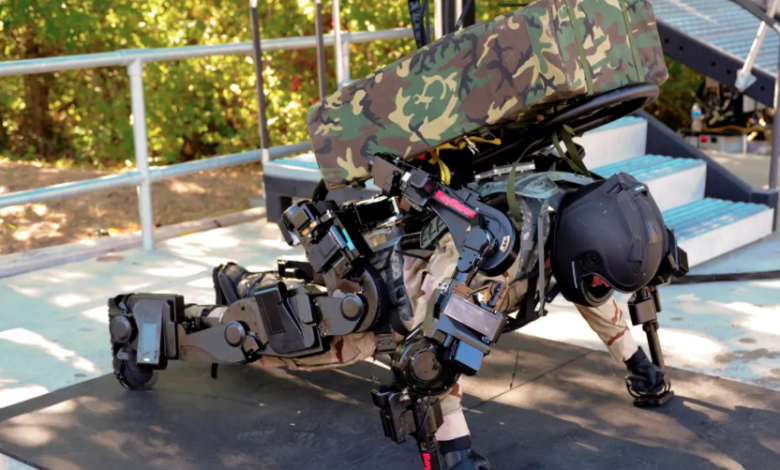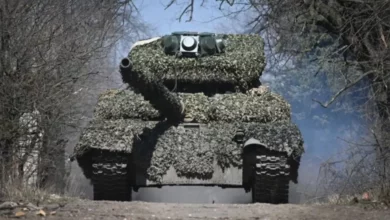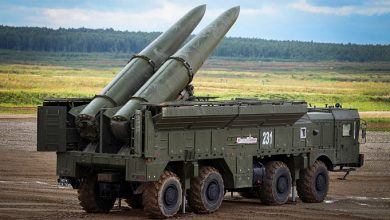US Army asks industry about the latest in exoskeletons: What is an exoskeleton?

Exoskeletons may improve the strength, endurance, safety, and ergonomics of soldiers as they walk, run, jump, climb, and maneuver on the battlefield.
U.S. Army researchers are on the lookout for companies able to design and build powered or unpowered exoskeletons that can help infantry soldiers move quickly on the battlefield, or to move heavy loads during resupply operations.
Officials of the Army Combat Capabilities Development Command Solder Center (CCDC SC) in Natick, Mass., have issued a request for information (W911QY22REXOS) for the Powered and Unpowered Exoskeletons for Human Performance Augmentation During Maneuver or Logistics Support Activities project.
This information request, which is for market research, is to identify companies able to develop exoskeleton technologies that can help improve soldier performance during repetitive tasks during logistics support, or for movement and maneuver on the battlefield.
Exoskeletons are considered a promising approach to improve the strength, endurance, and ergonomics of soldiers, while maintaining safety and reducing the risk of physical injury while walking, running, lifting, or carrying.
Exoskeletons are computer-controlled devices that can increase an infantryman’s mobility, physical endurance, and load-carrying capacity by counteracting overstress on the lower back and legs. The technology essentially is a wearable robot that helps the warfighter perform challenging tasks.
Army researchers are trying to evaluate exoskeleton technology readiness, and the military market for user safety, comfort, ease of use, integration with user clothing and equipment, and energy efficiency.
Researchers want to know how exoskeletons could help reduce soldiers injury risk during lifting, loading, unloading, and transporting tasks; enable soldiers to move on the battlefield faster and longer than they could without exoskeletons; walk while carrying loads of 99 to 136 pounds; walk in crouched posture, climb stairs, and crawl in a confined space while wearing fighting load of 75 to 90 pounds; walk and run in steep terrain; fight at close quarters; fill sandbags; move 270-pound battle casualties with a fireman’s carry for 45 feet; load and unload pallets; jump from high places; or land after parachuting.
Source: Military & Aerospace Electronics





